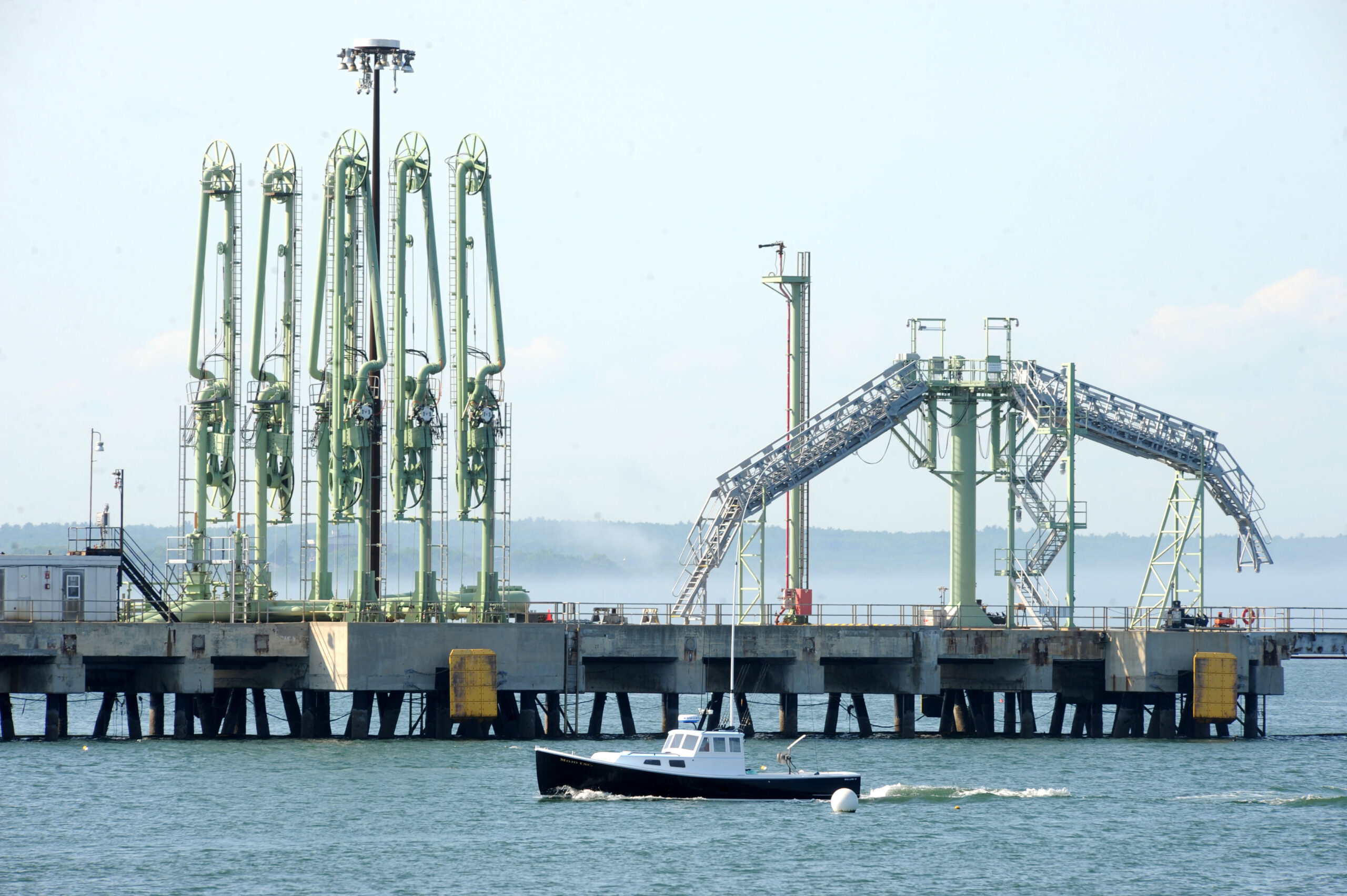Winter is just around the corner, and it’s time to make sure your furnace is ready to keep you warm and cosy during the chilly months ahead. Furnace repair might not be the most exciting task on your to-do list, but trust me, a little maintenance now can save you from a lot of discomfort later.
To help you out, we’ve put together a pre-winter furnace repair South of Boston checklist that will ensure your heating system is running efficiently when you need it most.
Why Pre-Winter Furnace Repair is Important
Before we dive into the checklist, let’s talk about why pre-winter Furnace Repair South of Boston service is so important. Your furnace has likely been sitting idle all summer, and during that time, dust and debris can build up, filters can become clogged, and parts can wear out.
Taking the time to inspect and repair your furnace now will not only ensure that it’s running efficiently but can also help prevent costly breakdowns and repairs later on.

The Pre-Winter Furnace Repair Checklist
Inspect and Clean the Air Filters
Dirty air filters can restrict airflow and cause your furnace to work harder than necessary, leading to higher energy bills and potential furnace repair issues down the line. Start by inspecting your air filters and replace them if they’re dirty or clogged.
Check the Thermostat
Make sure your thermostat is working properly by testing it in heating mode. If you have an older, manual thermostat, consider upgrading to a programmable or smart thermostat for better energy efficiency and comfort.
Inspect the Pilot Light
If your furnace has a pilot light, make sure it’s lit and burning blue. If it’s not, follow the manufacturer’s instructions to relight it. If you’re unable to light the pilot light, or if it won’t stay lit, you may need to call in a professional for furnace repair.
Check for Carbon Monoxide Leaks
Carbon monoxide leaks can be deadly, so it’s essential to check for any signs of a leak before turning on your furnace for the season. Install carbon monoxide detectors near your furnace and throughout your home, and test them regularly to ensure they’re working properly.
Inspect the Exhaust Flue
The exhaust flue is responsible for venting harmful gases, including carbon monoxide, safely out of your home. Inspect the flue for any signs of damage or blockages, such as rust, corrosion, or debris, and make any necessary repairs before using your furnace.
Lubricate Moving Parts
Lubricating the moving parts of your furnace can help reduce friction and wear, extending the life of your system and preventing the need for furnace repair. Consult your owner’s manual for guidance on which parts need lubrication and the type of lubricant to use.
Test the Blower Motor
The blower motor is responsible for circulating warm air throughout your home. Test the blower motor to make sure it’s running smoothly and replace it if it’s making any unusual noises or not operating as it should.
Check for Signs of Wear and Tear
Inspect your furnace for any signs of wear and tear, such as rust, corrosion, or cracks. Pay close attention to the heat exchanger, as cracks or damage to this component can lead to carbon monoxide leaks. If you notice any issues, contact a professional for furnace repair.
Schedule a Professional Inspection
Finally, consider scheduling a professional inspection and furnace repair service before the start of the winter season. A qualified technician can identify any potential issues with your furnace and perform any necessary repairs or maintenance to ensure it’s running efficiently and safely.
Conclusion
Taking the time to perform pre-winter furnace repair South of Boston service can save you time, money, and discomfort in the long run. By following this simple checklist, you can ensure that your furnace is running efficiently and safely when you need it most.

